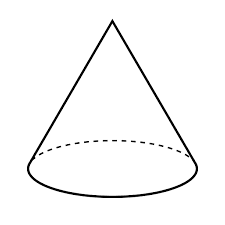I truly wish that New York had higher quality exams, as they are intended to be used to measure not only student performance but teacher performance as well.
The analysis continues with question 20 from the January 2017 regents exam in Algebra I (Common Core)
At issue here is choice (2), that refers to the spread of the data. Here, in Algebra I, the word spread should not be used. Spread can be represented many different ways, from range to interquartile range to standard deviation. To the best of my knowledge, standard deviation is not part of the Algebra I knowledge base. Even so, range and interquartile range do not go hand-in-hand: it is possible for a set with a smaller range to have a larger interquartile range.
This choice should most probably have used the word "range" instead of spread. For the record, the ranges are equal in these two sets, but the interquartile ranges are not (7 to 10, or 3 years for soccer players and 9 to 11, or 2 years for basketball players. The standard deviation for soccer is 2.05798 and for basketball is 1.81137. So using range, choice (2) is false, while using the other two measures, choice (2) is true.
Could it be the case that the word "spread' was used when the word "range" should have been used?
